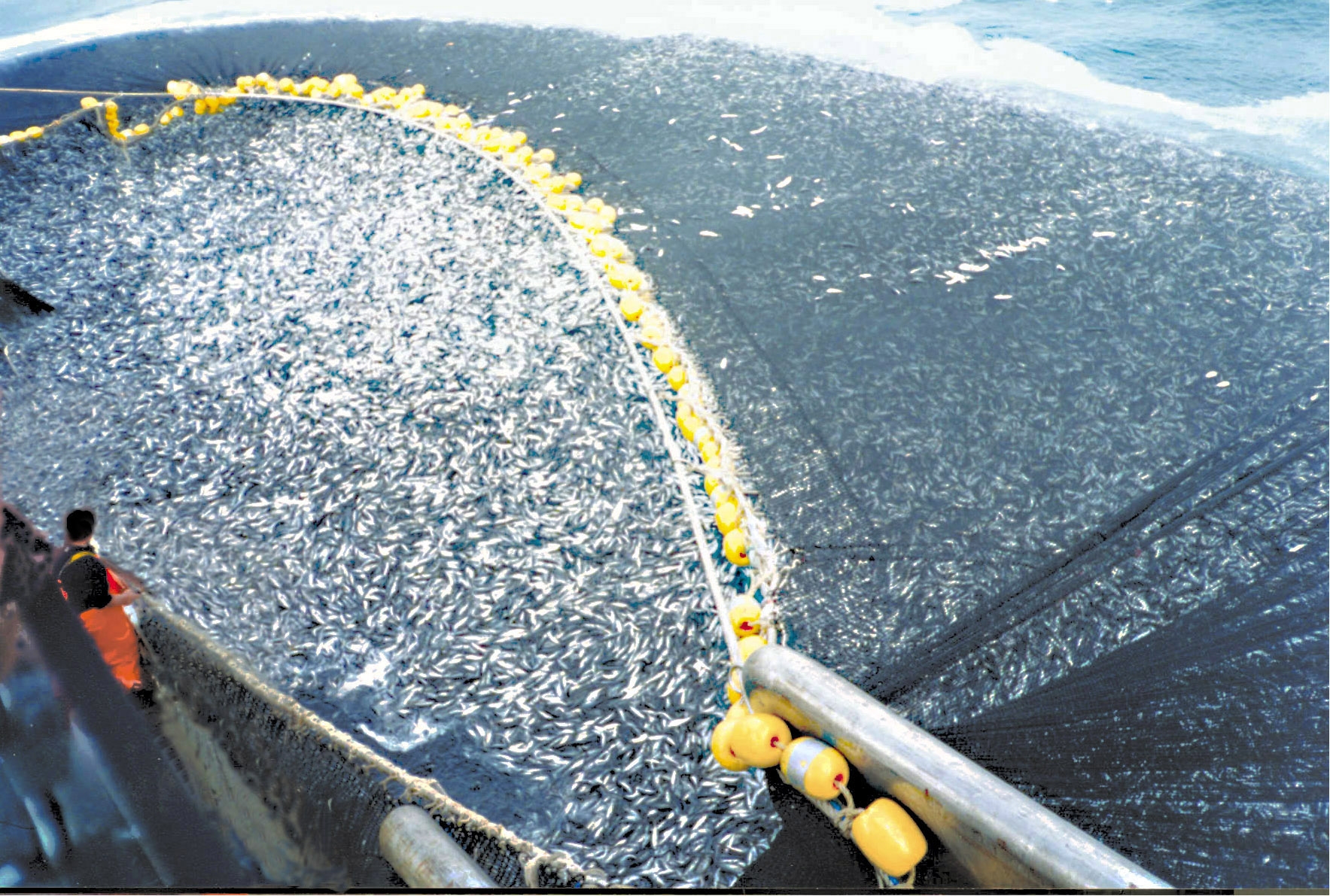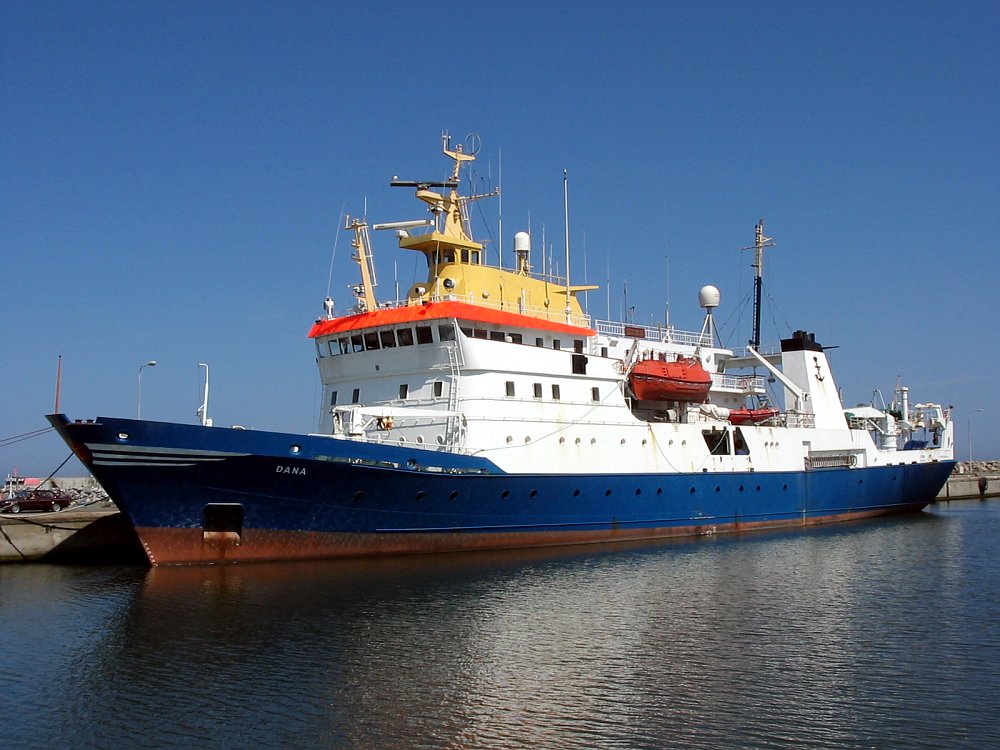|
Chorus Giganteus
''Chorus giganteus'' is a species of sea snail in the family Muricidae. It is endemic to the coast of Chile, where it occurs from Antofagasta ( 23° S) to the south of the country (around 39° S) at depths of . It is a benthic predator Predation is a biological interaction in which one organism, the predator, kills and eats another organism, its prey. It is one of a family of common List of feeding behaviours, feeding behaviours that includes parasitism and micropredation ... that lives on rocks in temperate waters. It has been overexploited by local fishermen in much of its range. See also * List of marine molluscs of Chile References External links *List of Chilean molluscs Ocenebrinae Molluscs of Chile Endemic fauna of Chile Gastropods described in 1831 {{Ocenebrinae-stub ... [...More Info...] [...Related Items...] OR: [Wikipedia] [Google] [Baidu] |
Sea Snail
Sea snails are slow-moving marine (ocean), marine gastropod Mollusca, molluscs, usually with visible external shells, such as whelk or abalone. They share the Taxonomic classification, taxonomic class Gastropoda with slugs, which are distinguished from snails primarily by the absence of a visible Gastropod shell, shell. Definition Determining whether some gastropods should be called sea snails is not always easy. Some species that live in brackish water (such as certain Neritidae, neritids) can be listed as either freshwater snails or marine snails, and some species that live at or just above the high tide level (for example, species in the genus ''Truncatella (gastropod), Truncatella'') are sometimes considered to be sea snails and sometimes listed as land snails. Anatomy Sea snails are a very large and diverse group of animals. Most snails that live in salt water respire using a gill or gills; a few species, though, have a lung, are intertidal, and are active only at low tide w ... [...More Info...] [...Related Items...] OR: [Wikipedia] [Google] [Baidu] |
Muricidae
Muricidae is a large and varied taxonomic family of small to large predatory sea snails, marine gastropod mollusks, commonly known as murex snails or rock snails. With over 1,700 living species, the Muricidae represent almost 10% of the Neogastropoda. Additionally, 1,200 fossil species have been recognized.Houart, Roland. (2018). "Historique et classification des espèces actuelles de Muricidae (Neogastropoda, Muricoidea)." ''Novapex'' 19:37–66 Numerous subfamilies are recognized, although experts disagree about the subfamily divisions and the definitions of the genera. Many muricids have unusual shells which are considered attractive by shell collectors and by interior designers. Shell description Muricid shells are variably shaped, generally with a raised spire and strong sculpture with spiral ridges and often axial varices (typically three or more varices on each whorl), also frequently bearing spines, tubercles, or blade-like processes. Periostracum is absent in thi ... [...More Info...] [...Related Items...] OR: [Wikipedia] [Google] [Baidu] |
Endemism
Endemism is the state of a species being found only in a single defined geographic location, such as an island, state, nation, country or other defined zone; organisms that are indigenous to a place are not endemic to it if they are also found elsewhere. For example, the Cape sugarbird is found exclusively in southwestern South Africa and is therefore said to be ''endemic'' to that particular part of the world. An endemic species can also be referred to as an ''endemism'' or, in scientific literature, as an ''endemite''. Similarly, many species found in the Western ghats of India are examples of endemism. Endemism is an important concept in conservation biology for measuring biodiversity in a particular place and evaluating the risk of extinction for species. Endemism is also of interest in evolutionary biology, because it provides clues about how changes in the environment cause species to undergo range shifts (potentially expanding their range into a larger area or b ... [...More Info...] [...Related Items...] OR: [Wikipedia] [Google] [Baidu] |
Chile
Chile, officially the Republic of Chile, is a country in western South America. It is the southernmost country in the world and the closest to Antarctica, stretching along a narrow strip of land between the Andes, Andes Mountains and the Pacific Ocean. Chile had a population of 17.5 million as of the latest census in 2017 and has a territorial area of , sharing borders with Peru to the north, Bolivia to the northeast, Argentina to the east, and the Drake Passage to the south. The country also controls several Pacific islands, including Juan Fernández Islands, Juan Fernández, Isla Salas y Gómez, Desventuradas Islands, Desventuradas, and Easter Island, and claims about of Antarctica as the Chilean Antarctic Territory. The capital and largest city of Chile is Santiago, and the national language is Spanish language, Spanish. Conquest of Chile, Spain conquered and colonized the region in the mid-16th century, replacing Incas in Central Chile, Inca rule; however, they Arauco War ... [...More Info...] [...Related Items...] OR: [Wikipedia] [Google] [Baidu] |
Antofagasta
Antofagasta () is a port city in northern Chile, about north of Santiago. It is the capital of Antofagasta Province and Antofagasta Region. According to the 2015 census, the city has a population of 402,669. Once claimed by Bolivia following the Spanish American wars of independence, Antofagasta was captured by Chile on 14 February 1879, triggering the War of the Pacific (1879–83). Chilean sovereignty was officially recognised by Bolivia under the terms of the 1904 Treaty of Peace and Friendship. The city of Antofagasta is closely linked to mining activity, being a port and the chief service hub for one of Chile's major mining areas. While silver and saltpeter mining have been historically important for Antofagasta, since the mid-19th century copper mining is by far the most important mining activity for Antofagasta, fueling a steady growth in the areas of construction, retail, hotel accommodations, population growth and skyline development until the end of the 2000 ... [...More Info...] [...Related Items...] OR: [Wikipedia] [Google] [Baidu] |
23rd Parallel South
Following are circles of latitude between the 20th parallel south and the 25th parallel south: 21st parallel south The 21st parallel south is a circle of latitude that is 21 degrees south of the Earth's equatorial plane. It crosses the Atlantic Ocean, Africa, the Indian Ocean, Australasia, the Pacific Ocean and South America. Around the world Starting at the Prime Meridian and heading eastwards, the parallel 21° south passes through: : 22nd parallel south The 22nd parallel south is a circle of latitude that is 22 degrees south of the Earth's equatorial plane. It crosses the Atlantic Ocean, Africa, the Indian Ocean, Australasia, the Pacific Ocean and South America. A section of the border between Namibia and Botswana, and two sections of the border between Bolivia and Argentina are defined by the parallel. Around the world Starting at the Prime Meridian and heading eastwards, the parallel 22° south passes through: : 23 parallel south The 23rd parallel south i ... [...More Info...] [...Related Items...] OR: [Wikipedia] [Google] [Baidu] |
39th Parallel South
Following are circles of latitude between the 35th parallel south and the 40th parallel south: 36th parallel south The 36th parallel south is a circle of latitude that is 36 degrees south of the Earth's equatorial plane. It crosses the Atlantic Ocean, the Indian Ocean, Australasia, the Pacific Ocean and South America. Around the world Starting at the Prime Meridian and heading eastwards, the parallel 36° south passes through: : 37th parallel south The 37th parallel south is a circle of latitude that is 37 degrees south of the Earth's equatorial plane. It crosses the Atlantic Ocean, the Indian Ocean, Australasia, the Pacific Ocean and South America. This parallel approximates that latitude at which solar irradiance equals the planetary average, with higher insolation equatorward and lower poleward. An exploration of the 37th parallel south is the theme of Jules Verne's novel '' In Search of the Castaways''. The phantom reef of Maria Theresa Reef is supposed to lie ... [...More Info...] [...Related Items...] OR: [Wikipedia] [Google] [Baidu] |
Benthic
The benthic zone is the ecological region at the lowest level of a body of water such as an ocean, lake, or stream, including the sediment surface and some sub-surface layers. The name comes from the Ancient Greek word (), meaning "the depths". Organisms living in this zone are called benthos and include microorganisms (e.g., bacteria and fungi) as well as larger invertebrates, such as crustaceans and polychaetes. Organisms here, known as bottom dwellers, generally live in close relationship with the substrate and many are permanently attached to the bottom. The benthic boundary layer, which includes the bottom layer of water and the uppermost layer of sediment directly influenced by the overlying water, is an integral part of the benthic zone, as it greatly influences the biological activity that takes place there. Examples of contact soil layers include sand bottoms, rocky outcrops, coral, and bay mud. Description Oceans The benthic region of the ocean begins at the ... [...More Info...] [...Related Items...] OR: [Wikipedia] [Google] [Baidu] |
Predator
Predation is a biological interaction in which one organism, the predator, kills and eats another organism, its prey. It is one of a family of common List of feeding behaviours, feeding behaviours that includes parasitism and micropredation (which usually do not kill the Host (biology), host) and parasitoidism (which always does, eventually). It is distinct from Scavenger, scavenging on dead prey, though many predators also scavenge; it overlaps with Herbivore, herbivory, as Seed predation, seed predators and destructive frugivores are predators. Predation behavior varies significantly depending on the organism. Many predators, especially carnivores, have evolved distinct hunting strategy, hunting strategies. Pursuit predation involves the active search for and pursuit of prey, whilst ambush predation, ambush predators instead wait for prey to present an opportunity for capture, and often use stealth or aggressive mimicry. Other predators are opportunism, opportunistic or om ... [...More Info...] [...Related Items...] OR: [Wikipedia] [Google] [Baidu] |
Overfishing
Overfishing is the removal of a species of fish (i.e. fishing) from a body of water at a rate greater than that the species can replenish its population naturally (i.e. the overexploitation of the fishery's existing Fish stocks, fish stock), resulting in the species becoming increasingly underpopulated in that area. Overfishing can occur in water bodies of any sizes, such as ponds, wetlands, rivers, lakes or oceans, and can result in resource depletion, reduced biological growth rates and low biomass (ecology), biomass levels. Sustained overfishing can lead to critical depensation, where the fish population is no longer able to sustain itself. Some forms of overfishing, such as the Threatened sharks, overfishing of sharks, has led to the upset of entire marine ecosystems. Types of overfishing include growth overfishing, recruitment overfishing, and ecosystem overfishing. Overfishing not only causes negative impacts on biodiversity and ecosystem functioning, but also reduces fish pr ... [...More Info...] [...Related Items...] OR: [Wikipedia] [Google] [Baidu] |
Fisheries Research
Fisheries science is the academic discipline of managing and understanding fisheries. It is a multidisciplinary science, which draws on the disciplines of limnology, oceanography, freshwater biology, marine biology, meteorology, conservation, ecology, population dynamics, economics, statistics, decision analysis, management, and many others in an attempt to provide an integrated picture of fisheries. In some cases new disciplines have emerged, as in the case of bioeconomics and fisheries law. Because fisheries science is such an all-encompassing field, fisheries scientists often use methods from a broad array of academic disciplines. Over the most recent several decades, there have been declines in fish stocks (populations) in many regions along with increasing concern about the impact of intensive fishing on marine and freshwater biodiversity. Fisheries science is typically taught in a university setting, and can be the focus of an undergraduate, master's or Ph.D. program. Som ... [...More Info...] [...Related Items...] OR: [Wikipedia] [Google] [Baidu] |








